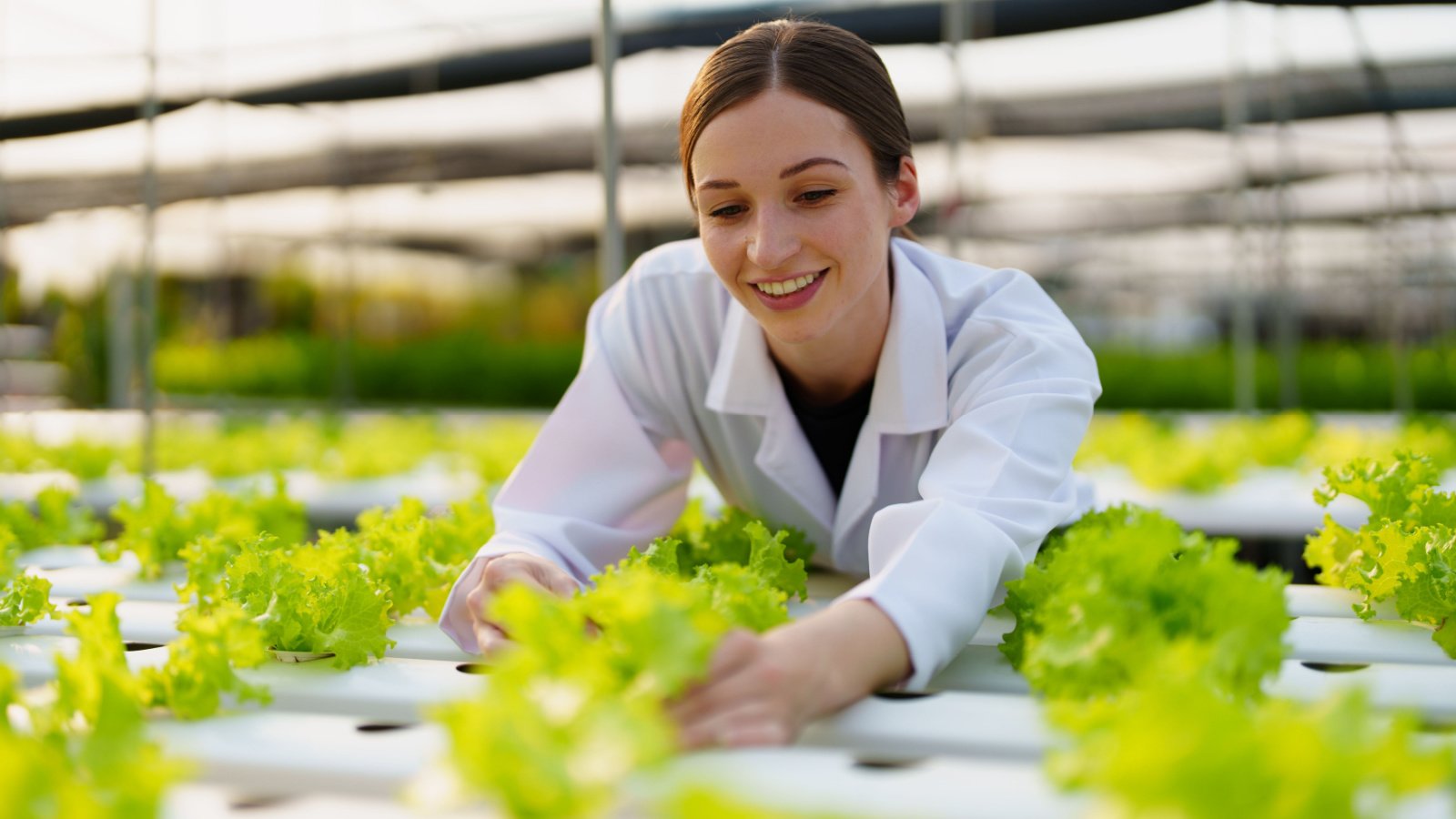Learn the revered techniques of artisanal bakers, from nurturing your starter to perfecting the crust. Win over your friends and family by perfecting the art of baking a superb sourdough loaf for all to enjoy.
Choosing the Right Flour

The type of flour determines the bread’s texture, flavor, and crust. Whole grain flours, like whole wheat or rye, introduce robust flavors and denser textures, while refined flours, such as all-purpose or bread flour, create lighter loaves with a milder taste. Experimenting with different flour blends can lead to discovering your perfect sourdough recipe.
Creating Your Starter
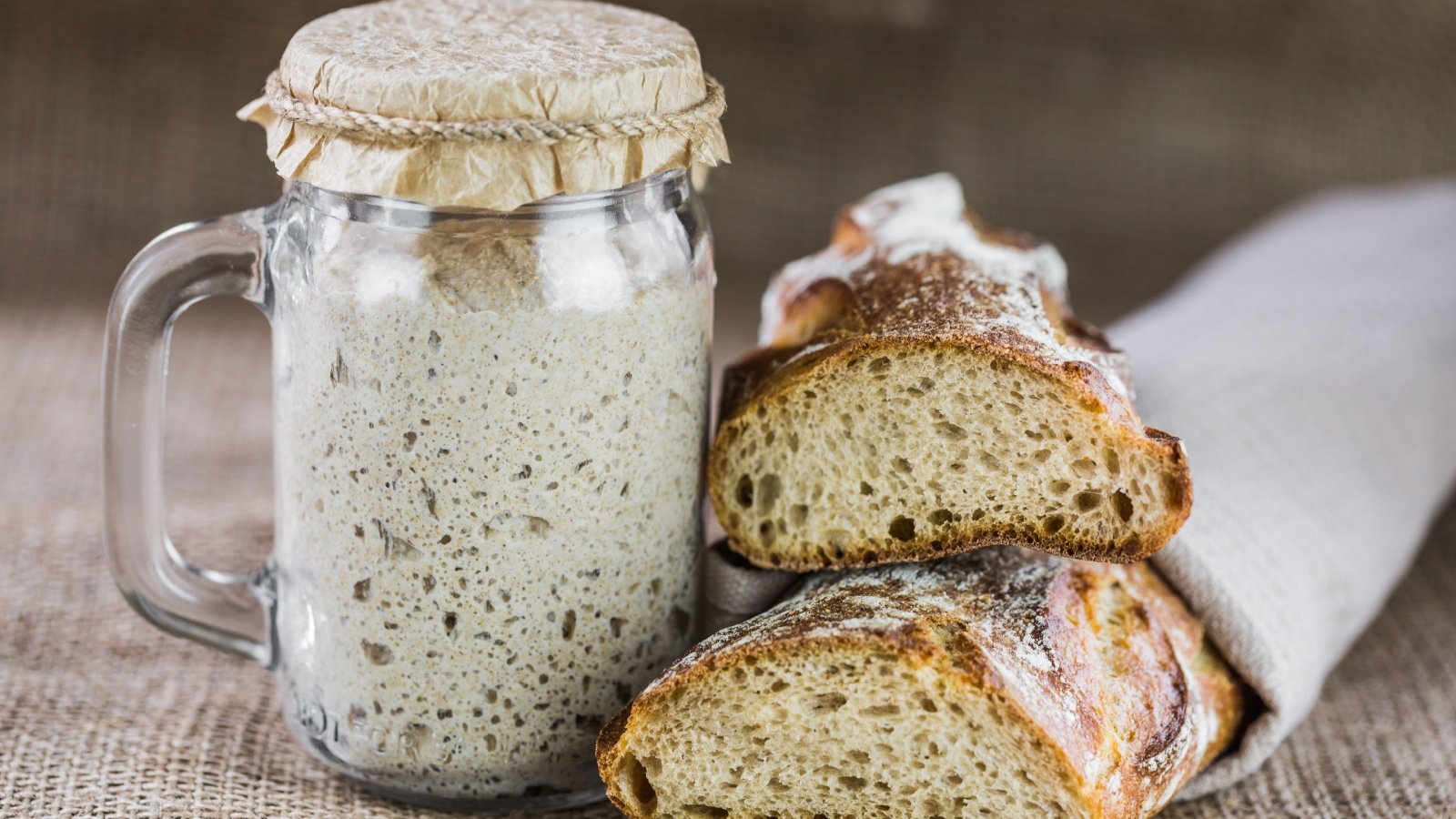
To create a starter, mix equal parts flour and water and let it sit in a warm place. Feed it daily by discarding half and adding fresh flour and water. Watch as it bubbles and grows, a sign of the natural yeasts and bacteria at work.
Understanding Hydration Levels

Low hydration doughs yield a denser and more traditional loaf, while higher hydration doughs create a lighter bread with an open crumb. Mastering the balance of hydration can take your sourdough from good to great.
Kneading Techniques
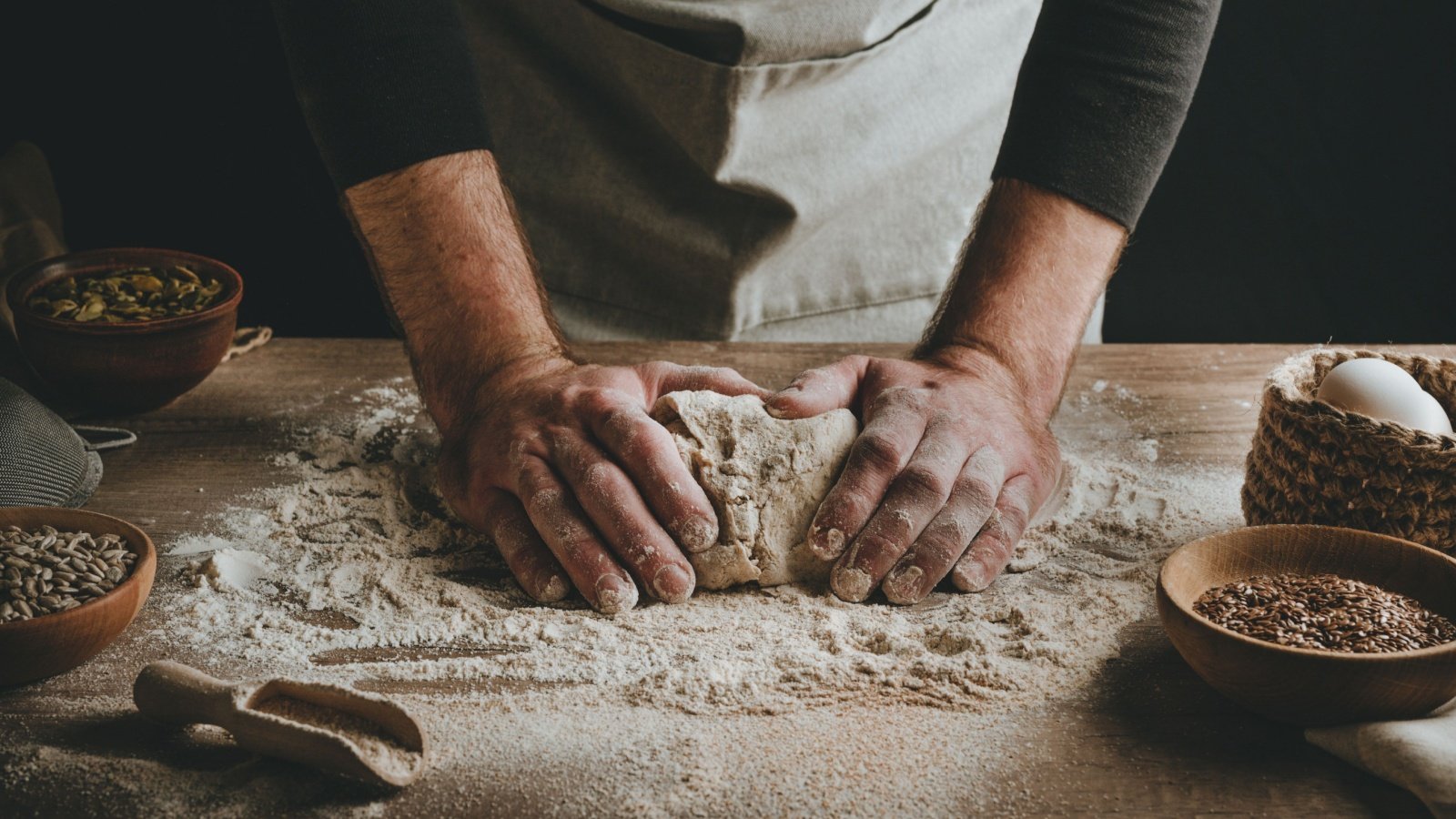
There are various kneading techniques, from the traditional push-and-fold method to the gentler stretch-and-fold technique, ideal for wetter doughs. Each method has its benefits, and finding your preferred style can be a satisfying part of the sourdough journey.
Bulk Fermentation

Bulk fermentation is the period after mixing and before shaping when the dough rises and flavors develop. This stage is crucial for building structure and complexity in your bread. The duration of bulk fermentation can vary based on temperature and the vigor of your starter, so understanding and adjusting to these factors is key.
Shaping Your Loaf
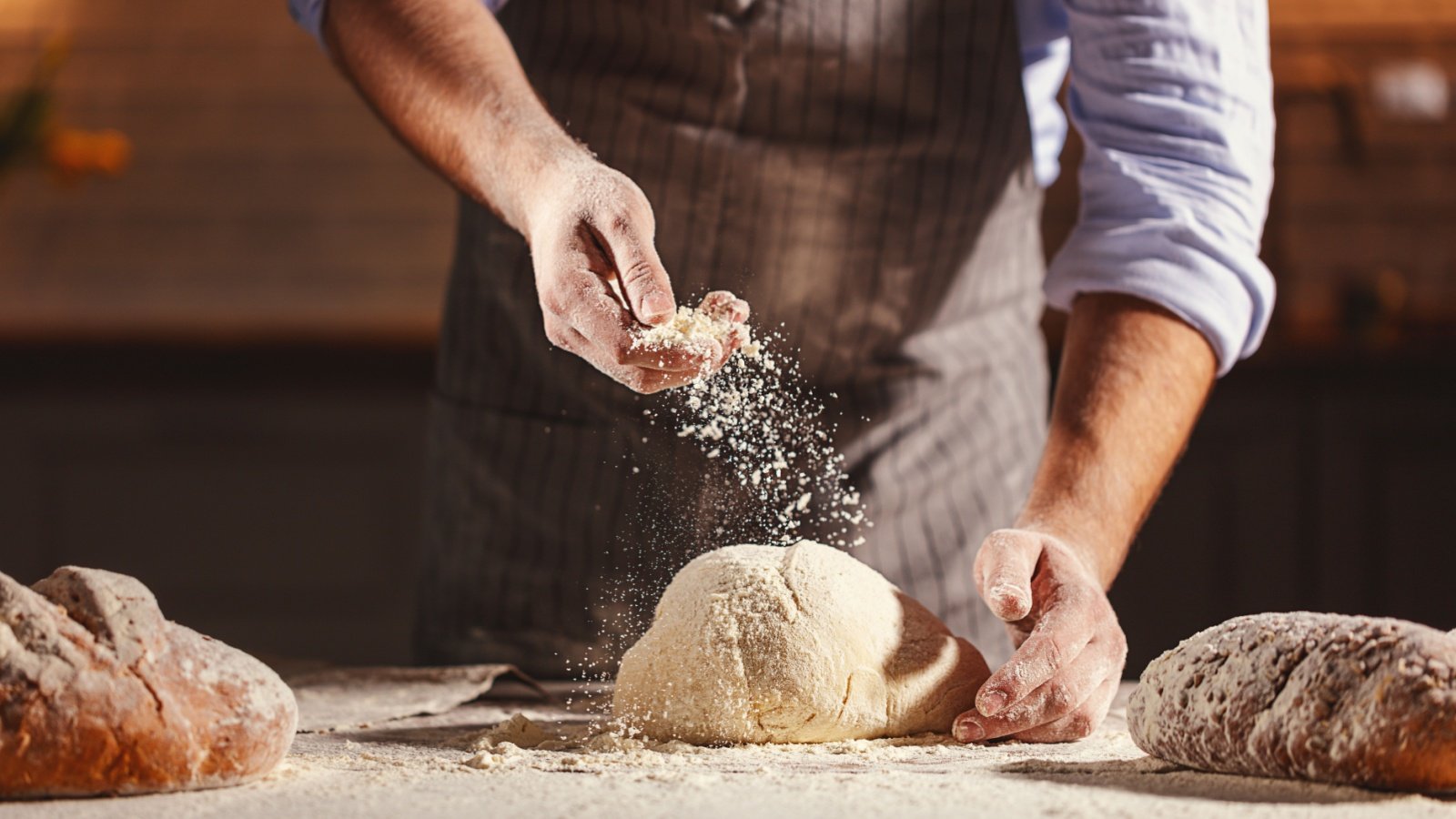
Shaping is more than just an aesthetic step; it’s about creating tension in the dough for a good rise. Techniques like boule (round), batard (oval), or baguette shapes influence how the bread bakes and its final texture. Practicing shaping will ensure your sourdough not only tastes great but looks beautiful too.
Scoring the Dough
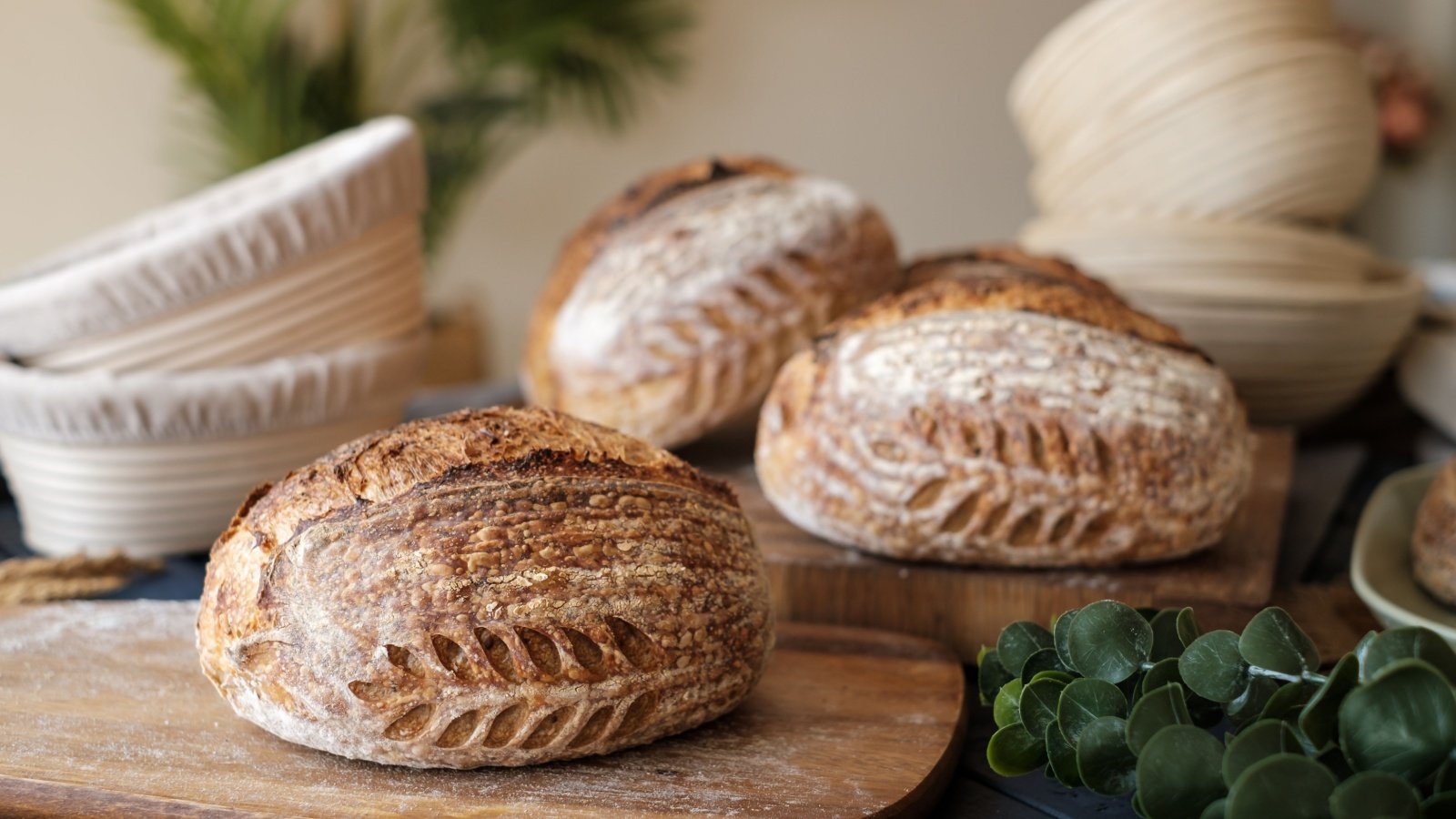
Scoring controls how the bread expands in the oven. A sharp razor or lame is used to create slashes that allow the dough to bloom beautifully. The depth, angle, and pattern of your scoring can influence the bread’s final appearance and crust characteristics.
Proofing Perfectly
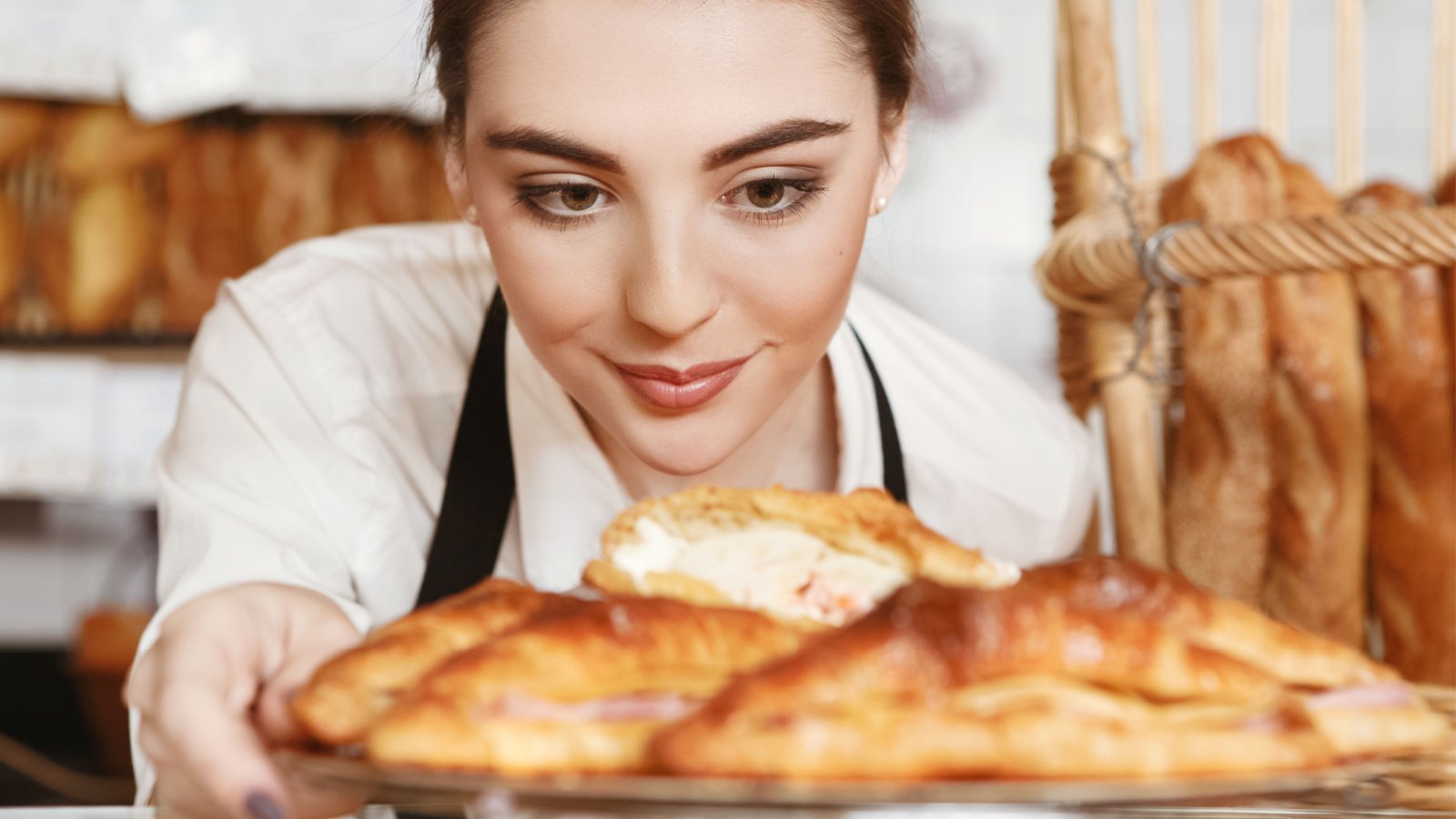
Proofing is the final rise before baking, where your dough develops its final flavor and structure. Too little proofing and your bread won’t have the right volume; too much, and it may collapse. Finding that sweet spot, often in a proofing basket or banneton, prepares your loaf for the perfect bake.
Choosing the Right Oven Temperature
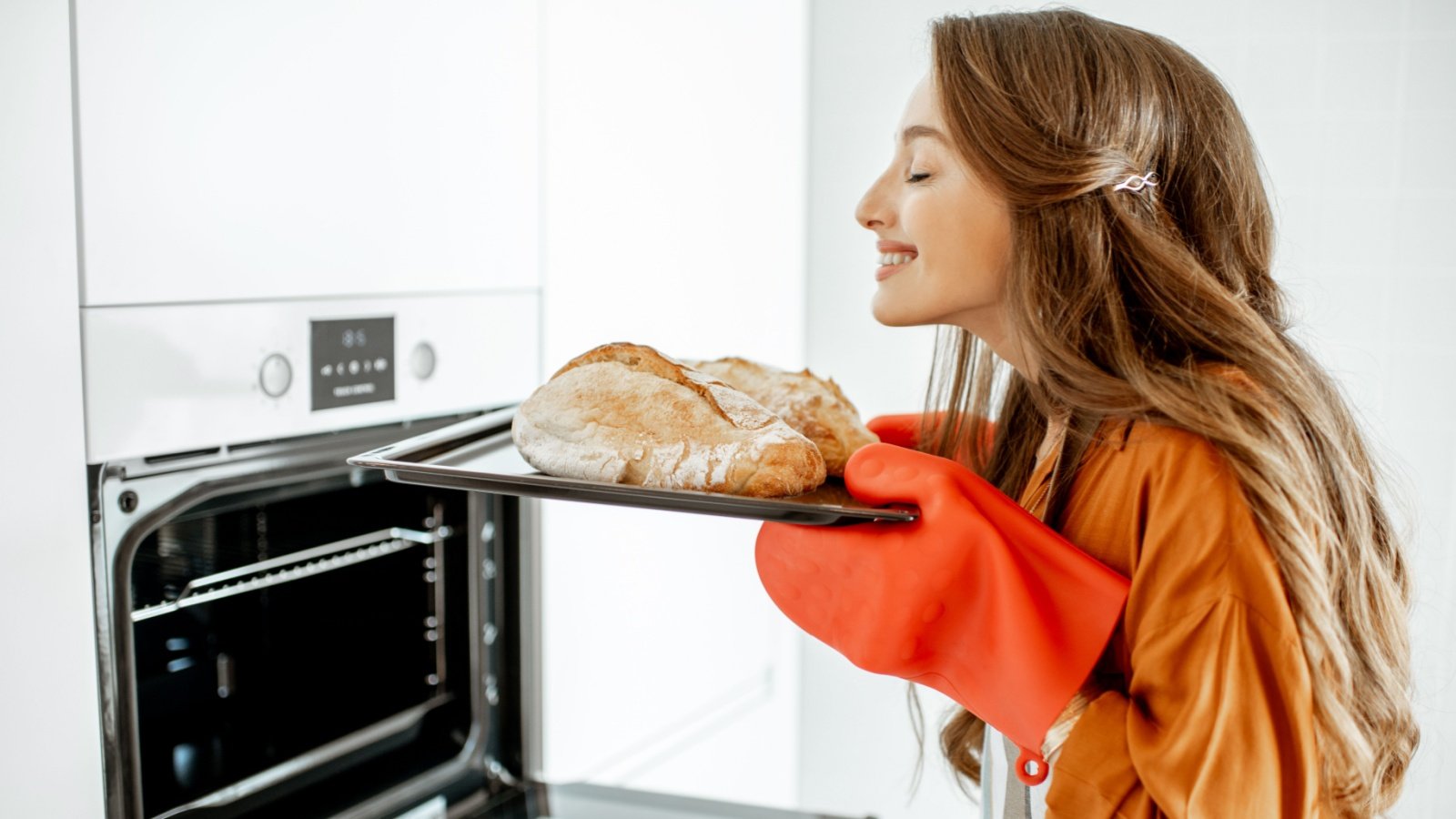
A high initial temperature is crucial for oven spring, the rapid rise when the dough first hits the heat. Some bakers reduce the temperature mid-bake for even cooking, while others keep it high for a crispier crust. Understanding your oven’s quirks can lead to consistently perfect loaves.
Using a Dutch Oven
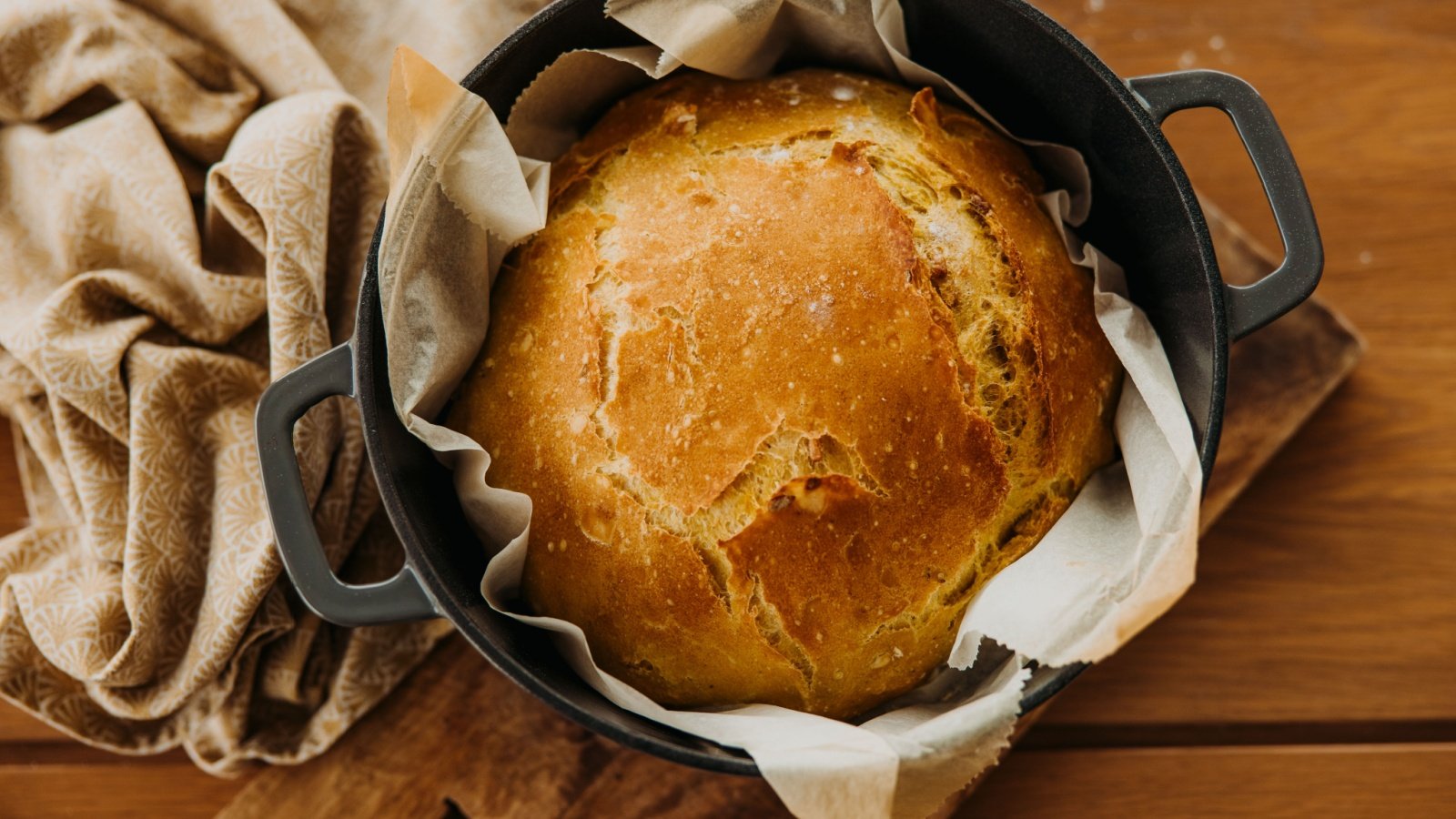
Baking in a Dutch oven can mimic the effects of a professional baker’s oven. It traps steam around the dough, creating a crispy crust and an excellent rise. Preheating the Dutch oven ensures a burst of initial heat, which is crucial for achieving the perfect crust and crumb.
Creating Steam in Your Oven
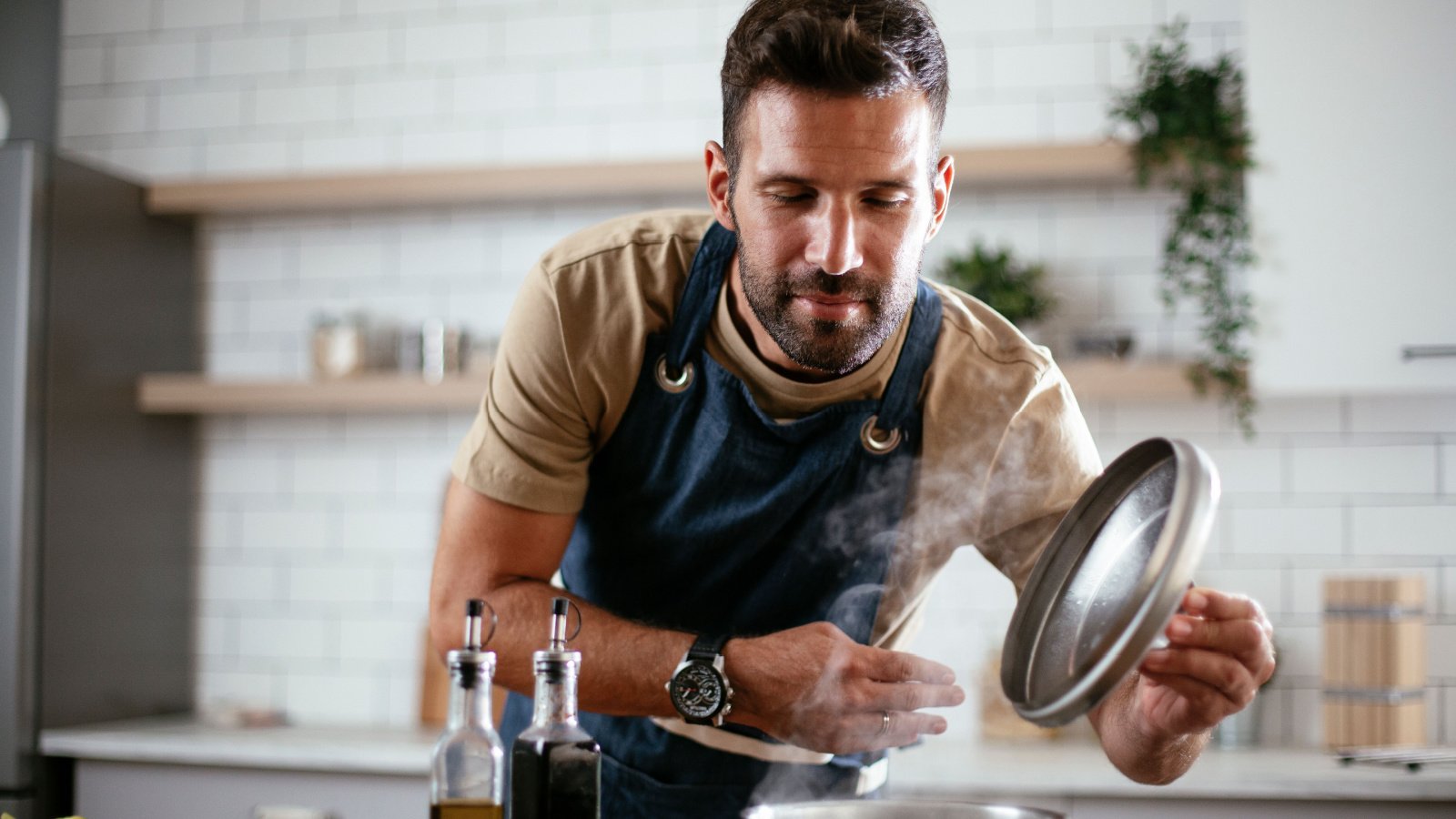
Steam in the initial phase of baking keeps the crust soft, allowing for maximum oven spring. Some bakers introduce steam by placing a tray of water in the oven or spritzing the oven walls with water. This technique contributes to a glossy, crackly crust that’s characteristic of artisanal sourdough.
The Role of Salt
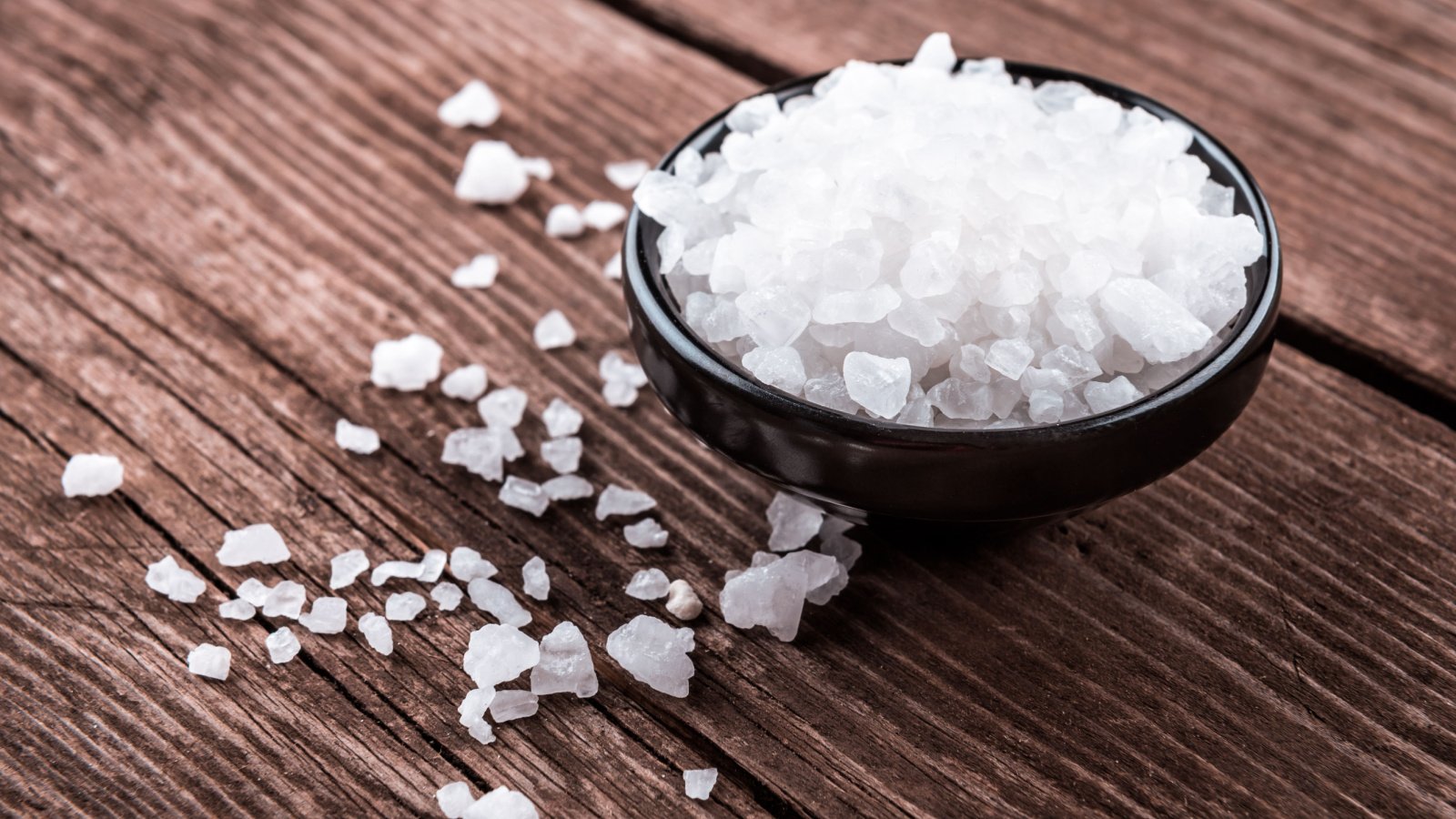
Salt tightens the gluten structure and controls fermentation. Too little salt, and your bread may taste bland and overproof quickly. Too much can inhibit yeast activity and toughen the dough. Finding the right balance is essential for delicious, well-textured sourdough.
Timing Your Bakes

Sourdough is a slow art, and timing is everything. The fermentation process is influenced by room temperature, the vitality of your starter, and even the seasons. Learning to read the signs of your dough, rather than strictly following the clock, can lead to consistently successful bakes.
Autolyse: Resting Your Dough

The autolyse technique involves mixing flour and water and letting it rest before adding salt and starter. This rest period allows the flour to fully hydrate and starts gluten development, leading to less kneading time and a more extensible dough, perfect for creating airy loaves.
Observing Dough Development

Understanding the stages of dough development – from mixing to the final proof – is crucial. Signs like volume increase, surface bubbles, and a domed shape indicate that your dough is progressing well. Being attuned to these signs helps you make timely decisions in the baking process.
The Importance of a Consistent Routine

Developing a consistent baking routine can lead to more predictable results. Feeding your starter at the same time each day, maintaining consistent dough hydration, and baking in a preheated oven can eliminate variables, making it easier to pinpoint areas for improvement.
Experimenting with Add-Ins
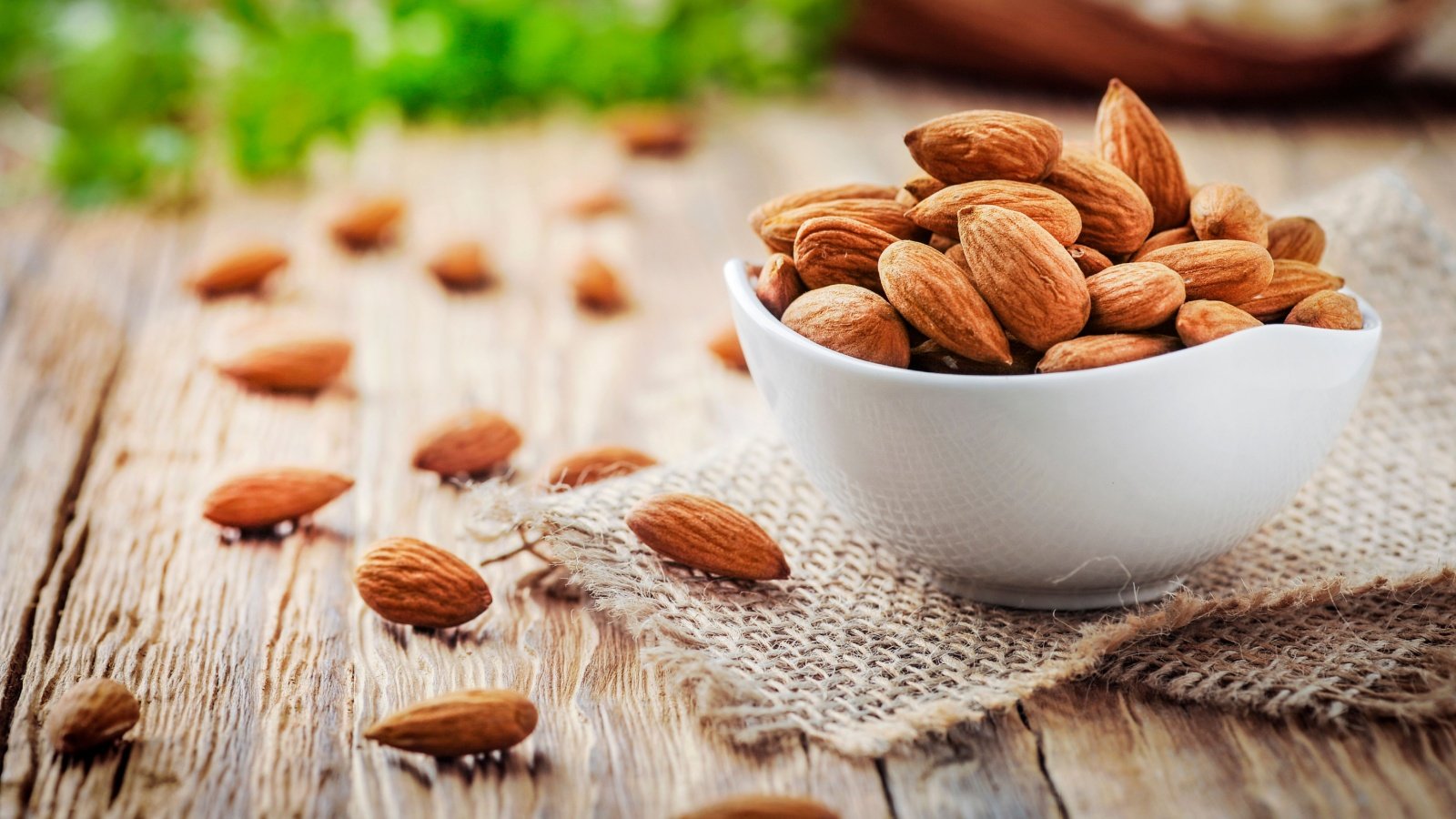
Once you’ve mastered the basics, experimenting with add-ins like seeds, nuts, dried fruits, or herbs can take your sourdough to the next level. These ingredients can add texture, flavor, and nutritional value, making each loaf uniquely delicious.
Maintaining Your Starter

A healthy starter is the soul of your sourdough. Regular feeding, keeping it at a consistent temperature, and not being afraid to discard a portion to keep it fresh are all part of maintaining a vigorous starter. A well-maintained starter is the secret to flavorful and well-risen bread.
Adapting to Environmental Changes

Baking is affected by the environment – temperature, humidity, and altitude can all influence your dough. Being aware of these factors and learning to adapt your recipe and techniques accordingly can ensure that your sourdough is consistently excellent, regardless of the conditions.
Learning from Each Loaf

Every loaf of sourdough is an opportunity to learn. Pay attention to the texture, crust, and flavor – what worked, what didn’t, and why. This reflective practice helps refine your techniques and deepen your understanding of the art of sourdough baking.
Joining a Baking Community

Baking doesn’t have to be a solitary activity. Joining a community of fellow bakers can provide support, inspiration, and a wealth of shared knowledge. Whether it’s through online forums, local baking classes, or social media groups, connecting with others can enrich your sourdough journey.






